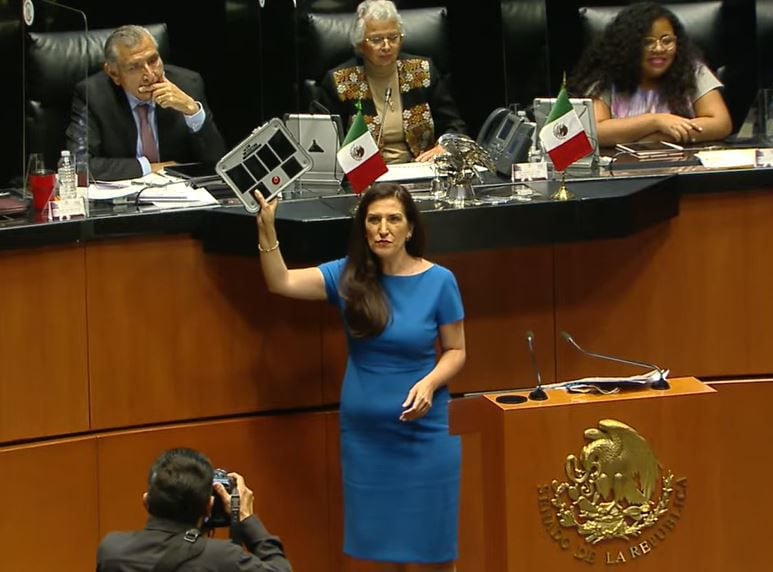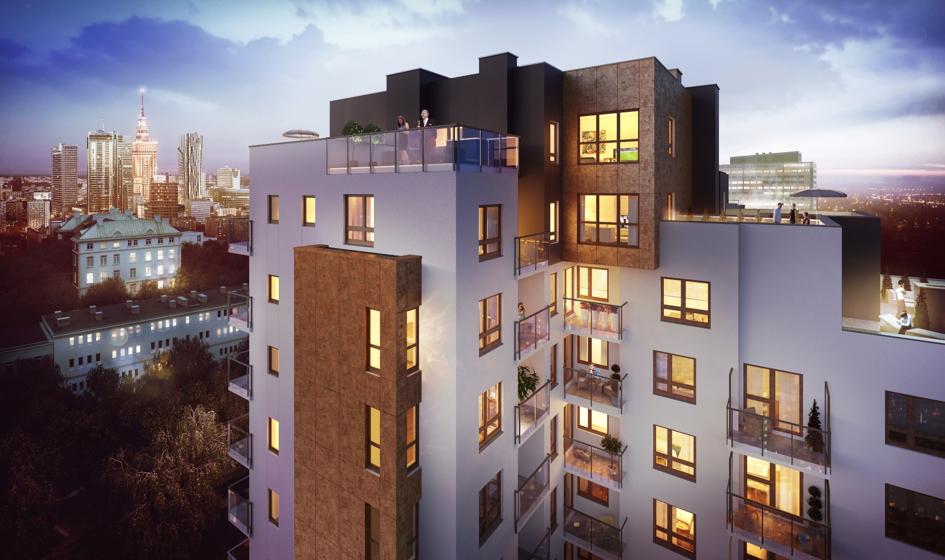Opinions expressed by Entrepreneur contributors are their own.
“How can I make team members happy?” is a vital question, one that doesn’t have a simple answer. Every team member is different, so it’s impossible to find a universal strategy. Too often, management believes that satisfaction with salary is the most crucial factor driving wellbeing, and there’s no doubt that money is an integral part of work satisfaction, but it’s only one part.
As design director of the software company Milkinside, I’ve found that, when it comes to designers, there are a few things that particularly impact levels of happiness:
• A sense of joy. Designers should enjoy what they do.
• Professional development — the sense that they are growing professionally.
• Healthy relationships with colleagues and management. They should enjoy being a part of the team and feel that the management cares about them.
• Work-life balance as a way of avoiding professional burnout.
The experience of improving the Milkinside design collective’s wellbeing incorporated a few additional considerations.
1. Don’t introduce too many design restrictions at the beginning of a project
When you start a project with words like, “You cannot do A, B and C,” you immediately create barriers to creativity. Not only does this lead to creating generic solutions, but also has significant negative consequences for motivation. When designers know that they are expected to solve a problem in a specific way only, they stop searching for unconventional solutions. It’s much better to introduce constraints as you progress and have learned more about technical feasibility and/or business requirements.
Related: The 10 Obstacles Keeping You From Great Product Design
2. Provide a clear definition of “done”
Designers might have different understandings of when their work is finished. For some, it’s when they ship the low-fidelity concept that demonstrates the idea. For others, work is wrapped when they’ve created a pixel-perfect interactive prototype. Depending on the project’s goal, you need to clearly define when work is complete so all can understand what is expected of them.
3. Track level of engagement
Engagement is a great indicator of team member happiness — its level showing how much a designer is willing to contribute to project success. I’ve found, though, that it’s not helpful to ask direct questions like, “Are you interested in doing what you do?” Most of the time, people will respond affirmatively even though they think the opposite. Questions like, “How would you evaluate your design?” can provide more valuable insights.
It’s also essential to ensure that every designer feels like part of a team. This is particularly crucial for remote teams, because such a feeling can be elusive when you don’t see other members in person.
Related: Free Webinar: Growing Employee Engagement During the Great Resignation
4. Learn what’s on their mind
“Do you feel comfortable working on this project?” is the question every project manager should ask if they notice that designers don’t perform as expected. There are dozens of reasons why the answer could be “No” — from the temporary (such as when a person is busy relocating to a new apartment) to permanent (simply not liking the work they’re doing). It’s a mistake to wait for people to reach out to a manager to discuss these issues, or their performance, because that might never happen.
Also, project managers should not wait for when a problem of motivation arises; they should be proactive and prevent such issues from happening in the first place by conducting regular one-to-one meetings with team members — friendly chats to discuss the project and its status.
5. Reduce stress levels
Stress is the worst enemy of creativity. When designers experience constant pressure, they stop thinking creatively and end up shipping a generic design. While many factors can cause stress, there are two pieces of advice that are relevant for almost any project:
• Prevent team members from confrontation. Every battle inside a team will ultimately lead to wasted energy and a lack of motivation. If some individuals in a group are demonstrating aggressive behavior, management needs to work with them to understand what causes it and to change it.
• Avoid unexpected scope changes and unplanned redesigns of already designed solutions. When scope changes unexpectedly, it creates a lot of pressure for a design team (especially when it happens at the end of a project) and can lead to professional burnout. When managers receive requests from stakeholders on changes, they need to explain that every unplanned one will require time to implement, then extend the timeline so designers can work comfortably.
Related: A Guide to Goal Setting
6. Ensure that people can grow professionally
Education and other forms of development are some of the most critical factors impacting happiness. If designers enjoy what they do, they want to grow professionally to achieve the next level of craftsmanship, and choose projects that can help them with that. Since our agency has designers with expertise in different domains (UX, motion, illustration, etc.), we conduct design workshops with team members to share expertise. Such activities can help share experience and build bonds, but before planning one, ask designers about any specific abilities they want to develop.
7. Ensure salary satisfaction
People naturally seek both bigger paychecks and opportunities, so it’s a typical for a designer to ask management for a raise. It’s essential to evaluate each request individually, considering both performance and skill level. If a person needs to demonstrate better performance or develop more skills in some domain, it’s important to state that as a goal for the evaluation period. We use the objective key results (OKR) model — define a list of objectives that the person has to achieve to have a raise, and discuss it to reach an agreement.
Designers are hugely valuable assets because they help businesses turn ideas into reality. And for most companies, designed user experiences of products and sales directly impacts the bottom line, which is why it’s essential to create an atmosphere that will fill team members with creativity and help them achieve more.
Note: This article have been indexed to our site. We do not claim legitimacy, ownership or copyright of any of the content above. To see the article at original source Click Here













